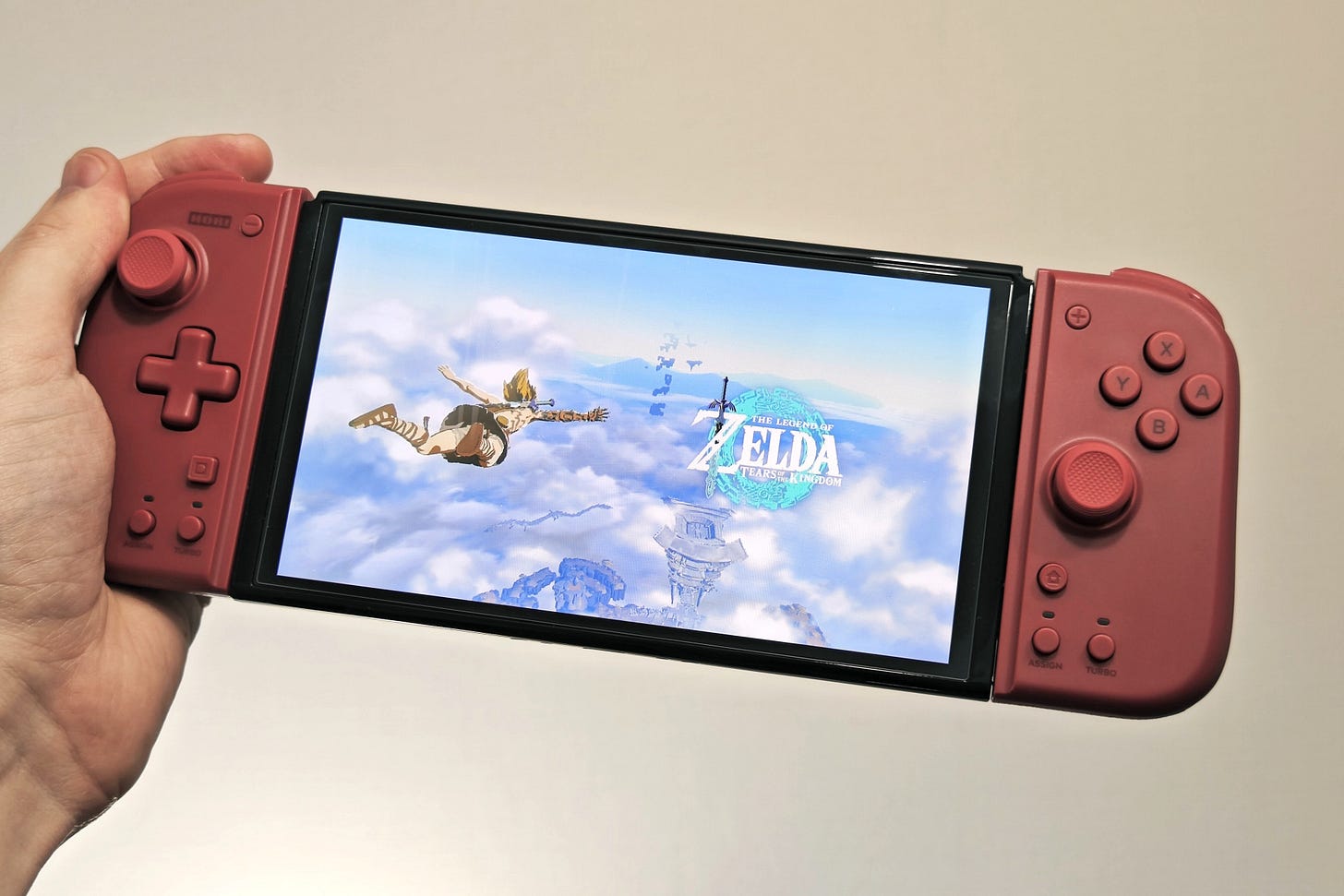Zelda: Tears of the Kingdom is a technical marvel
Nintendo works miracles with Nvidia's Tegra X1
Welcome back to Multicore for Tuesday, May 16th.
Last week, Nintendo released Tears of the Kingdom, the latest entry in its long-running Legend of Zelda series. It's a direct follow-up to 2017's Breath of the Wild, which was rapturously received by critics such as uh, me for its radical, expansive approach to open-world game design.
Straight Zelda sequels are rare, but on the surface Tears of the Kingdom looks very similar to Breath of the Wild: same characters, same art style, even the same world map (more or less). While I'll always give Nintendo's developers the benefit of the doubt, I admit I was starting to wonder what exactly could have taken them six years to get this game out.
Then I started playing Tears of the Kingdom, and... oh. Okay, I see. That makes sense. I hope you're all on holiday now.
I've barely made a dent in it, but Tears of the Kingdom might just be the most conceptually ambitious game I've ever played. And the achievement is all the more remarkable when you consider the hardware that it runs on.
It won't surprise you to hear that I pay a lot of attention to the technical side of videogames. I'm often put off by sub-par frame-rates and sub-native resolutions, much as I wish I could ignore these things. These days, the aging Switch is rarely my first choice to play anything other than first-party releases, and even Nintendo has put out some poor performers of late; Pokémon Scarlet and Violet were flat-out embarrassing.
With that in mind, Tears of the Kingdom is reasonably and thankfully polished. Sure, the dynamic resolution hovers somewhere around 900p, and the use of FSR scaling is noticeable in areas with dense foliage and shadows. But the overall image quality is much better than in titles like Nintendo's Xenoblade series, or ambitious third-party ports like Doom Eternal or The Witcher 3. It looks sharp in handheld mode. The frame rate also runs at a generally stable 30fps, which is really all you can ask for out of a open-world game running on this hardware.
And Tears of the Kingdom is not any open-world game. It's a twisted miracle of a thing, one that gives its players unprecedented freedom to solve its challenges. Breath of the Wild was already the most generous open-world game in that regard; its sequel takes that principle and amplifies it almost beyond recognition.




